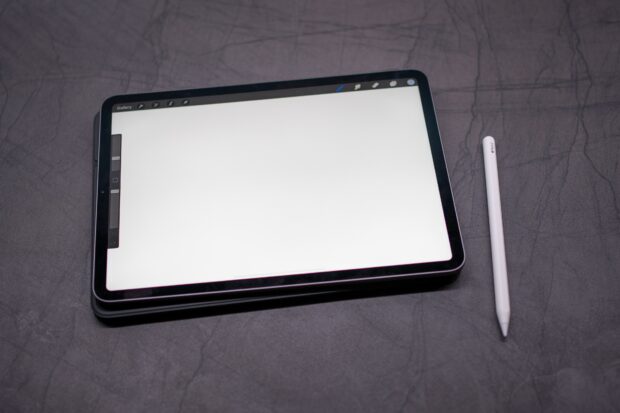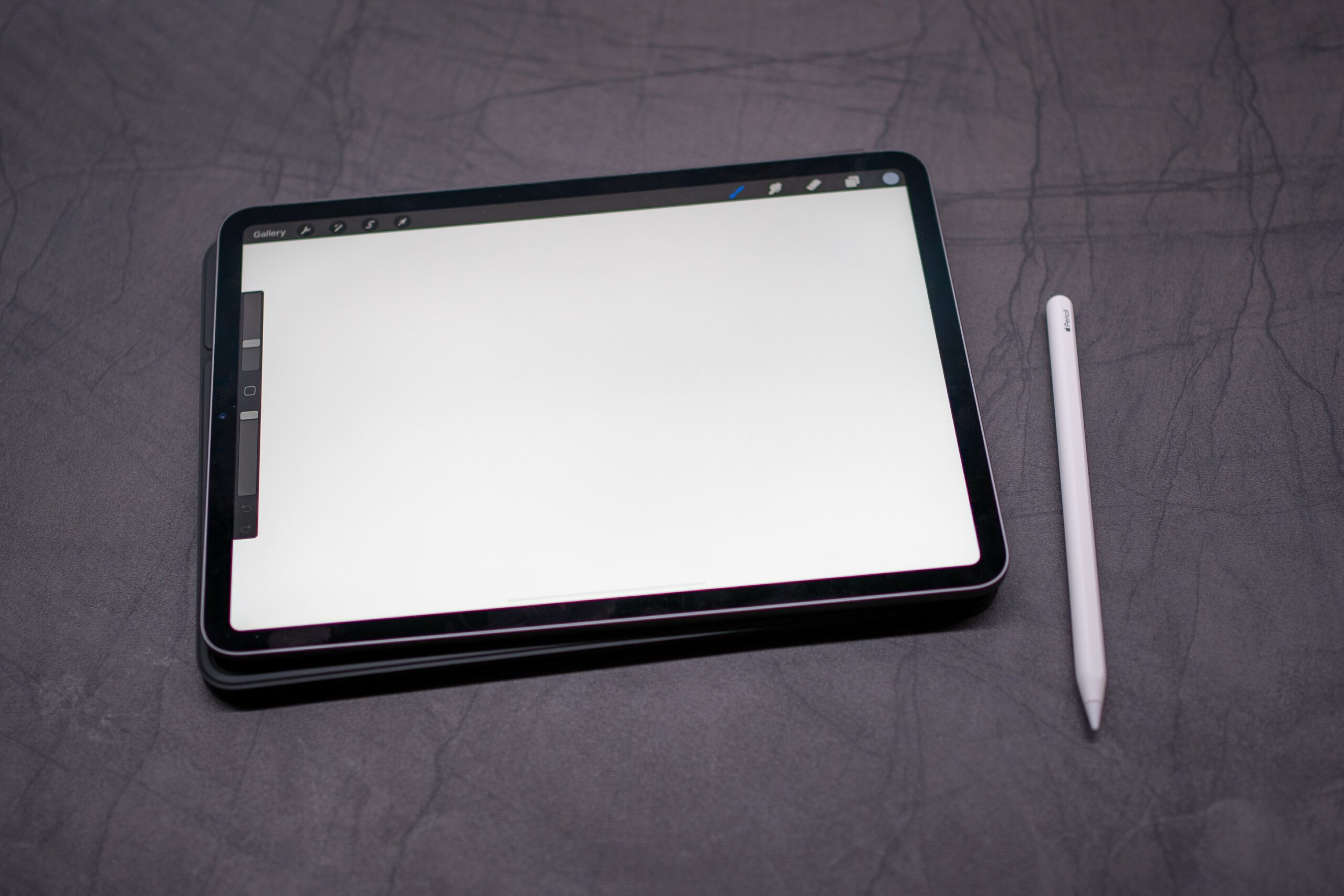We had the wonderful privilege of listening and chatting with Chantelle Morvay-Adams, who is the Secretary at BCEdAccess. Some of the hot topics we covered included how to communicate with technology. With the prevalence of technology, it seems like a easy hurdle to overcome, but there are a lot of factors to consider, and a lot of people to communicate with! The list includes the students, their families, the teachers, the administration, and more!
Given all the stakeholders in a student’s education, how do we advocate for accessible learning for all? (particularly for neurodiverse students)
In Zoom breakout rooms, we got to discuss/brainstorm our thoughts on the following questions. I wanted to highlight some of my key takeaways from these conversations.
Q: How can you assess a student’s technology needs?
A: Start reading their IEP (if they have one). Assess and get to know the student, where are they struggling? Ask the student, what do think will help you/will make it easier for you? (ex: speech to text tech for a literacy challenge). Ask their parents/family.
Q: How can you include a student in music class who is physically incapable of holding an instrument, but does have mobility enough for an AAC device?
A: There are apps on iPads that can produce sound/music. Foot pedals or other tools can be used (acoustic, percussion instruments). Electronic music can be utilized. UDL is super important for all learners!
Q: What are some ways you can build a relationship with the student?
A: Communication!! Validate and listen to them. Be considerate and compassionate. Recognize that they have things going on in their own lives. Give students a voice, and find ways to connect with them.
Q: How will you build a relationship with the family?
A: By finding ways to communicate with them that works for them. Try and make sure that the first conversation is not about judging. The most important thing for them is: do you know my child/are they where they’re supposed to be.
Featured Photo by Ernest Ojeh on Unsplash


